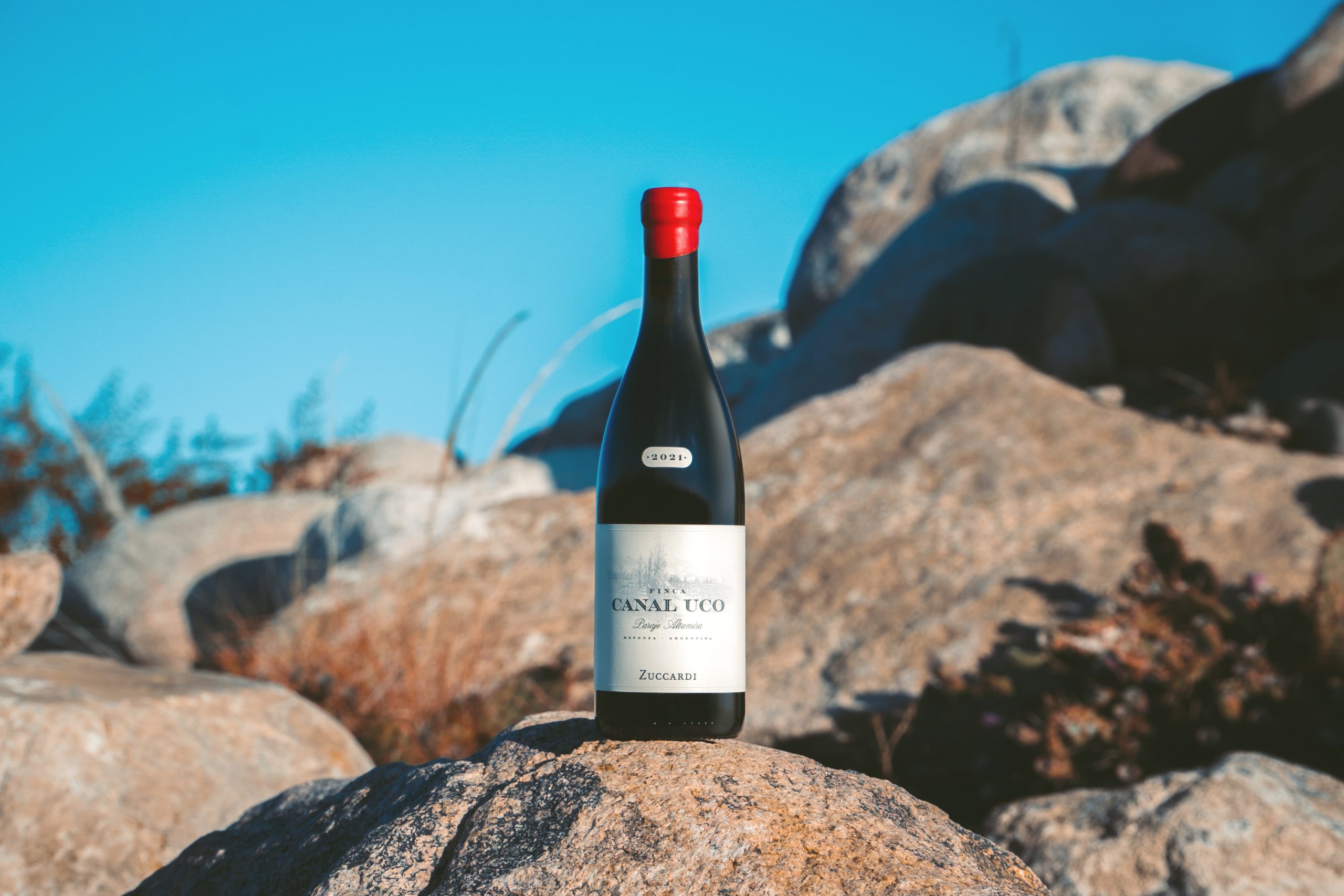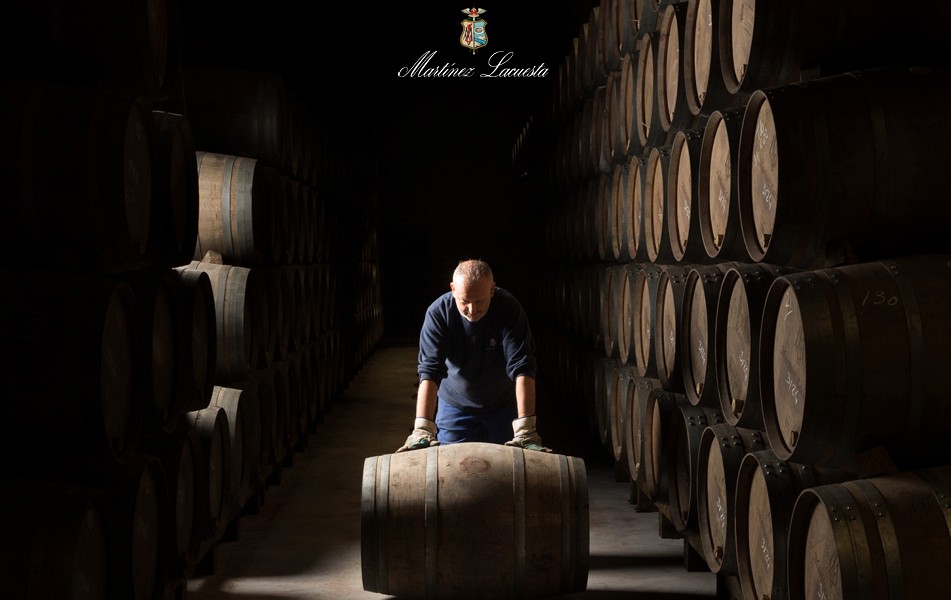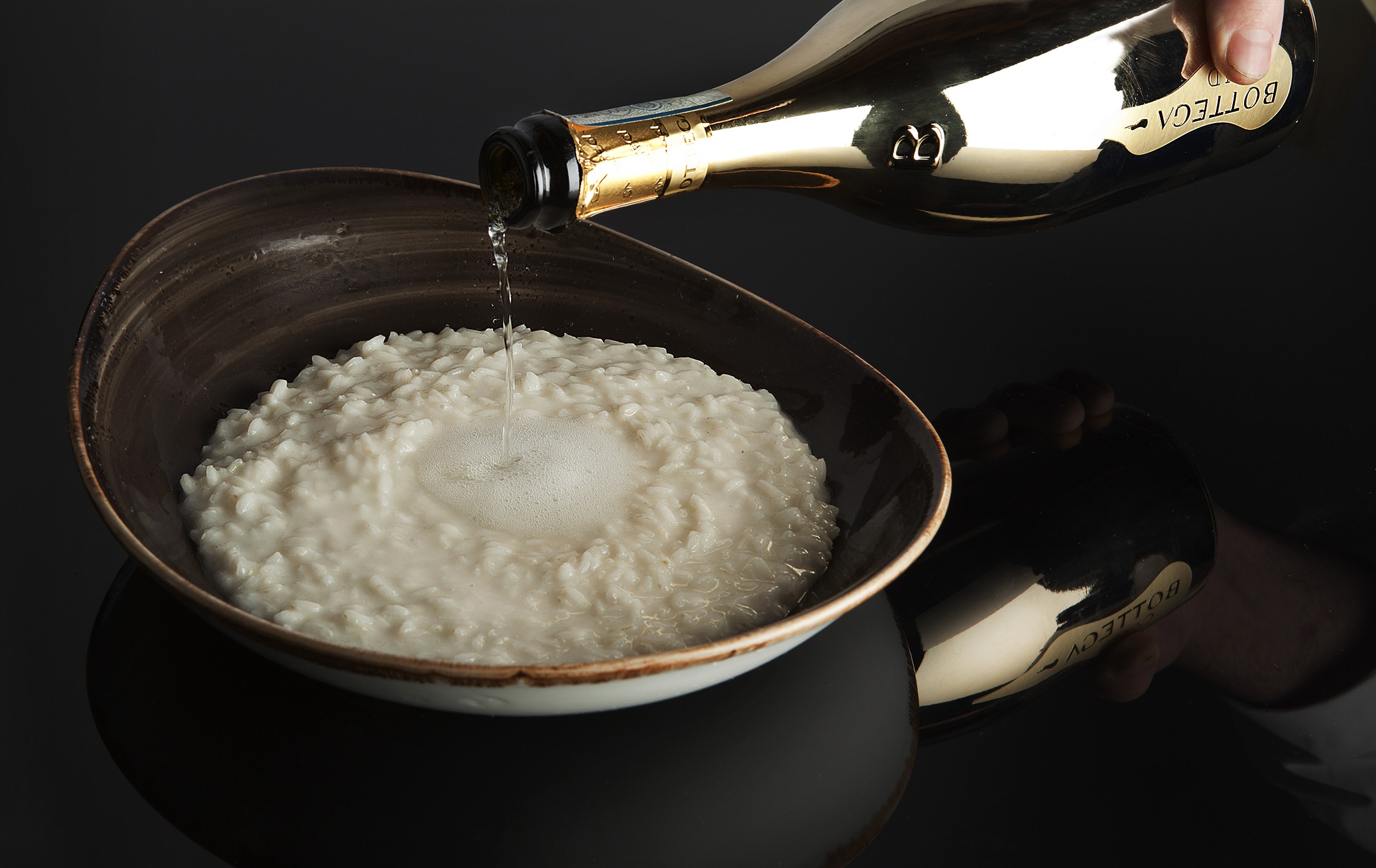Do you wanna be in my club?
“standfirst”>Peter Horton indulges his wildest wine whims, buying for both the über-traditional London Capital Club and the quirkier Smiths of Smithfield. Robyn Lewis encounters the new school of the British wine trade
Members-only clubs have always held an air of mystery for me. They seem to be the last bastion of that peculiar brand of Edwardian England that encompasses overcooked vegetables, dusty smoking jackets and endless bottles of claret. So, as I approached The London Capital Club, “a private members’ club for professionalsâ€, to interview general manager Peter Horton (who is also a wine consultant) I was envisaging the sort of wood-panelled haven that routinely populates spy novels, the sort of place James Bond would spend time when he retires. There would be, I decided, lots of dark mahogany furniture. There was. Maybe a swirly carpet in the entrance hall? There was. And some chandeliers? What about a Chesterfield sofa? Check and check. My suspicions were confirmed – there can be few places in the world it seems that are more traditional than a members’ club in the City, not that I think Horton would thank me for saying so. “We style ourselves as ‘The Traditional Home for the Modern Professional’. There isn’t a men-only membership policy here either. This is a business club and women are as welcome as men,†he is keen to point out.
He is not, as you might imagine, a proper old-school wine buffer either, and was not, I am glad to report a) sporting a bow tie or b) reclining in a winged armchair smoking a cigar. He is in fact, charmingly informal, terribly personable and very engaging. I wonder whether his demeanour is down to his training and career in the hospitality trade or if his choice of career is a result of his character? Certainly he has been successful. He started as food and beverage manager in hotels and subsequently was involved with Quaglinos, 10 Restaurant and Bar and Smiths of Smithfield (where he is still the wine buyer) to name but a few. And now that he is general manager at the Capital Club Horton still consults for others. “Part of my job, even from when I started as a food and beverage manager, was always to keep an eye on the wine list and it has always been an area I am really interested in and so I never delegated it and I just learned more and more as I went along. I’ve never done a course or anything, I’ve just picked things up as I’ve gone along. I’ve drunk my way here and I’m still practising!†he says.
The list he does for the Capital Club and the one he does for Smiths of Smithfield are two contrasting beasts and they make an interesting comparison – one that perhaps tells us something of the UK wine scene today. “The list here is more traditional than most,†he explains. “There is a propensity for the more obvious choices, so yes Chablis is the best-selling wine. You know, they really aren’t big drinkers here, we do a lot by the glass. The old two bottles over lunch just doesn’t happen anymore. It’s a tomato juice when they arrive and a glass over lunch and that is it. This is a club for business it isn’t a social club, though of course there are certain moments. So, for instance, I bought some Richard Hennessy Cognac, which was on at £100 a shot and we went through two bottles of that in six months. I guess it was because it was the most expensive Cognac on the list and we do have an element of the show-off brigade here and that’s great – we want that! It means we can put some big names on the list here. We’ve Mouton, Lafite, I’ve got some Grange and we also sell a lot of New Zealand Sauvignon and quite a lot of South African wines, so even though it is traditional it isn’t that bad. The Smiths list is very different in that it is more expansive and, yes, it is more fun in that way.
“The thing with Smiths is it is a big building and the most important thing when we created the list, wasn’t just to have the big names and the expensive wines but having an extremely good and fair list between £12 and £20 because there’s the ground floor bar, the brasserie restaurant and the fine dining restaurant and it was crucial they all complemented one another. That list means we can cater for someone who wants to pay pub prices on the one hand and someone who wants a bottle of Lafite on the other, so it was a much more difficult proposition in that way but we managed it.â€
With not a little experience of looking after and creating lists behind him, Horton has more of a knowledge for what works and what doesn’t than most, so what is his advice for creating the perfect list?
“Well, we still organise the list by country, which is the way I prefer to do it – don’t ask me why though. I just think that when it comes to doing it by style, you start getting confused with blends. You have Merlot, Cabernet Merlot and so on but then you have some spooky combination and where does that go? Although there is an argument that if you have, say, a Sancerre and then another Sauvignon Blanc right next to it that people might connect the varietals and the quality of one to another because they appear together. But that is easier in a shop, I think, and it isn’t such a big list that you can’t turn over the page. However, we do explain the grape varietal on some wines as a pointer.
“When you are drawing up a list for wherever the most important thing is to know your market. Who is coming in here? Who is your core market? If it is, say, a younger crowd, perhaps students and young professionals then you have to have something decent on there for £11 or £12 a bottle, as price is important. Then, even if it is a small list, variety is important, so a Chardonnay, a Sauvignon Blanc, a Pinot Grigio. If you are in Mayfair at a Michelin-starred restaurant you might start at £18 but it is still giving consumers the right price and a decent choice, so there is a basic template and you make that bigger or smaller depending on what your operation is. So, for example, if it is a gastro pub, then you start out with eight to 10 whites and eight to 10 reds, a couple of sparkling wines and then you can have a specials board where you can experiment. That is what we do at Smiths. If we aren’t sure if a wine will sell, we buy a small amount, stick it on the specials board by the glass and see how it goes.â€
By-the-glass sales – a phenomenon that seems to be growing in the UK on-trade at the moment – is a sales technique that Horton is convinced of and, as a result, passionate about. It is a key part of his strategy at both Capital Club and Smiths and he urges the rest of the wine trade to jump on his bandwagon. “I think as many wines by the glass as possible; it gets people to try, definitely,†he enthuses. “I had a Chilean Gewürztraminer on the list at Smiths, you try selling that! But we did, it went perfectly with one of the starters and we put it on by the glass. That makes a great vehicle for staff to sell and these days it makes sense because people aren’t drinking as much, especially at lunchtime and everyone around the table can have a different wine and that’s great too.â€
Pinot Grigio, perhaps unsurprisingly given the grape’s inexorable if somewhat mystifying rise in the UK on-trade, is the best-selling wine at Smiths, where it is on at a not-so-bargainous £21 a bottle. “I’ve no idea, given the lack of an official campaign or push, where the popularity of Pinot Grigio has come from,†Horton admits. “But I do know that even at that price we go through 6,000 bottles of it a year. Many pubs and bars will have a Pinot, albeit not as good in quality as ours, on the list for £12 or £15 a bottle but that doesn’t affect our sales at all. Our house wine is on for £12.95 so that is a significant rise in price, though obviously we sell a lot more of that (about 11,000 bottles) over the same period.â€
Partner Content
In terms of buying, Horton says his philosophy is simple: “If it is good, I will list it.†What, even if it is a mass brand? Not in the on-trade surely?
“Well, I mean with this debate we have to ask, what is and isn’t a brand? Champagnes, for example, are they brands because they are well-known names? I suppose what we are really getting at is a question of snobbery – do we want Hardys and Penfold’s on the list? Do we want Blossom Hill and other less expensive wines on the list? That is what it comes down to. I mean if you say Penfold’s Grange is a brand will I not have it on my list? Would I not have Dom Pérignon? So, I don’t think the lower end, and no disrespect to Blossom Hill or the entry-level Hardys brands here, but I wouldn’t have them on my list because I think I can find more interesting wines at that price point. But if a wine is good I will list it.â€
Price comparisons
“I think also, particularly at entry level, what we try and do is shy away from price comparisons and here brands can complicate the issue. So, for example, if All Bar One are selling a brand for £12 and we are selling it for £15, that £3 will lose customers in a way that 10p on a pint of Guinness doesn’t. That is my theory but I absolutely think that in some environments brands are going to work. Look at it this way, when most people go into a bar and ask for a glass of wine they ask for three things: 1) a glass of house, 2) a glass of medium dry or, 3) a glass of Chardonnay. A friend of mine did a survey in a big pub group about wine-by-the-glass, asking customers what the last glass of wine they bought across a bar was and 60% of them didn’t know. So let’s go back to the question of brands. In terms of name association and getting people thinking about what they are drinking and trading up from house they can be useful.â€
Blimey, a proponent of brands in the on-trade – how thoroughly modern. With men like Horton behind the helm it looks like even the most traditional ships are being steered into the 21st century. It says something progressive (like it or loathe it) about the UK wine scene, don’t you think?
Curriculum Vitae
T.E.C. Diploma in Hotel, Catering & Institutional Operations, City of Bath Technical College
Previous roles include:
- Beverage & administration manager at Quaglino’s restaurant
- Deputy general manager at Thunderdrive restaurant & bar
- Consultant for Sir Rocco Forte & Associates at Balmoral Hotel Edinburgh, Oxo Tower Bar & Brasserie, Polygon Bar & Grill
- Operations manager at Smiths of Smithfield, Novelli Restaurants,10 Restaurant & Bar
- Freelance restaurant consultant for Smiths of Smithfield, Carlton Tower Hotel, The Breakfast Group
db May 2006




